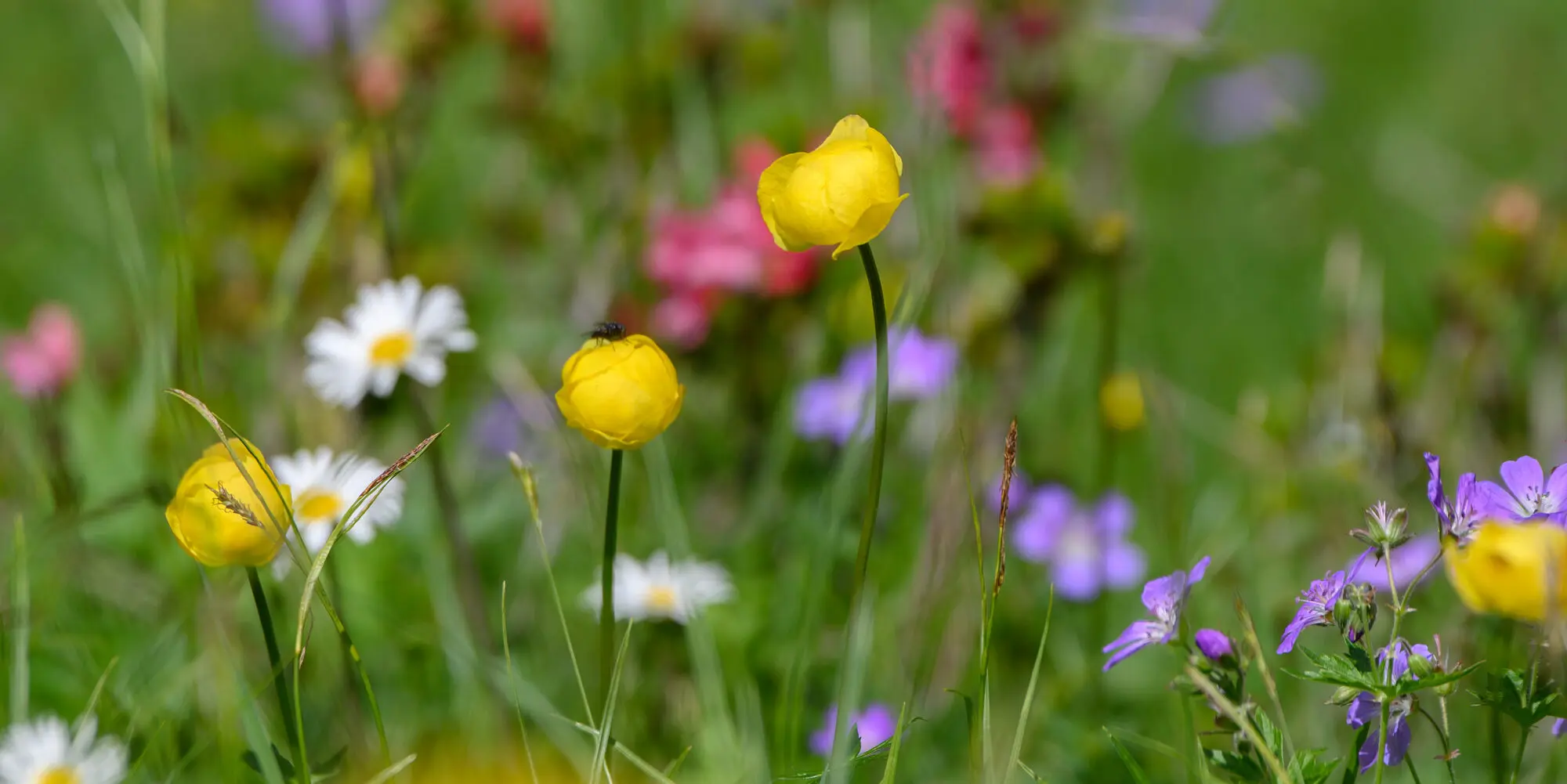The well-known botanist Josias Braun-Blanquet is considered as the founder of plant sociology, which studies the relationships amongst plants and in reference to their environment. He was able to gather much of his knowledge in this field in the National Park.
Braun-Blanquet recognised that vegetation develops slowly according to certain rules. In 1917 he assumed that the absence of human interference would lead to the spread of forestation in the National Park; to investigate this he defined several long-term test areas in the Park, which he visited regularly. Further areas were later added by other researchers and continue to be the object of long-term studies.
Since there has been little reforestation to date, small areas were fenced off 20 years ago. The fences make it possible to compare vegetation development with and without ungulate grazing. Various research projects complement the findings on how the interactions between ungulates and vegetation still characterise the National Park landscape today.


